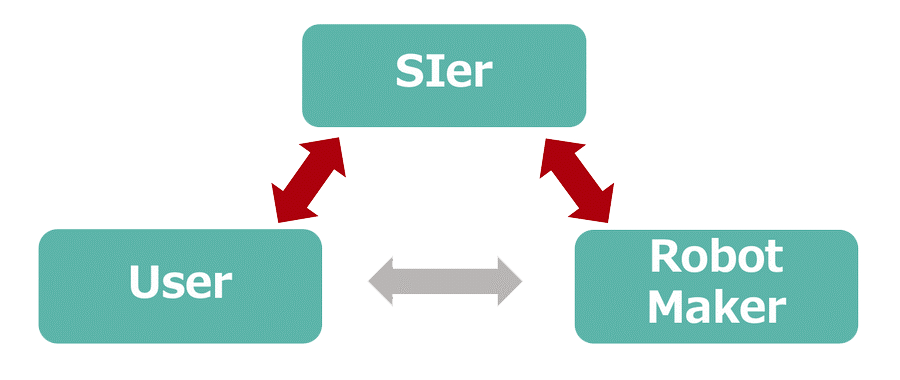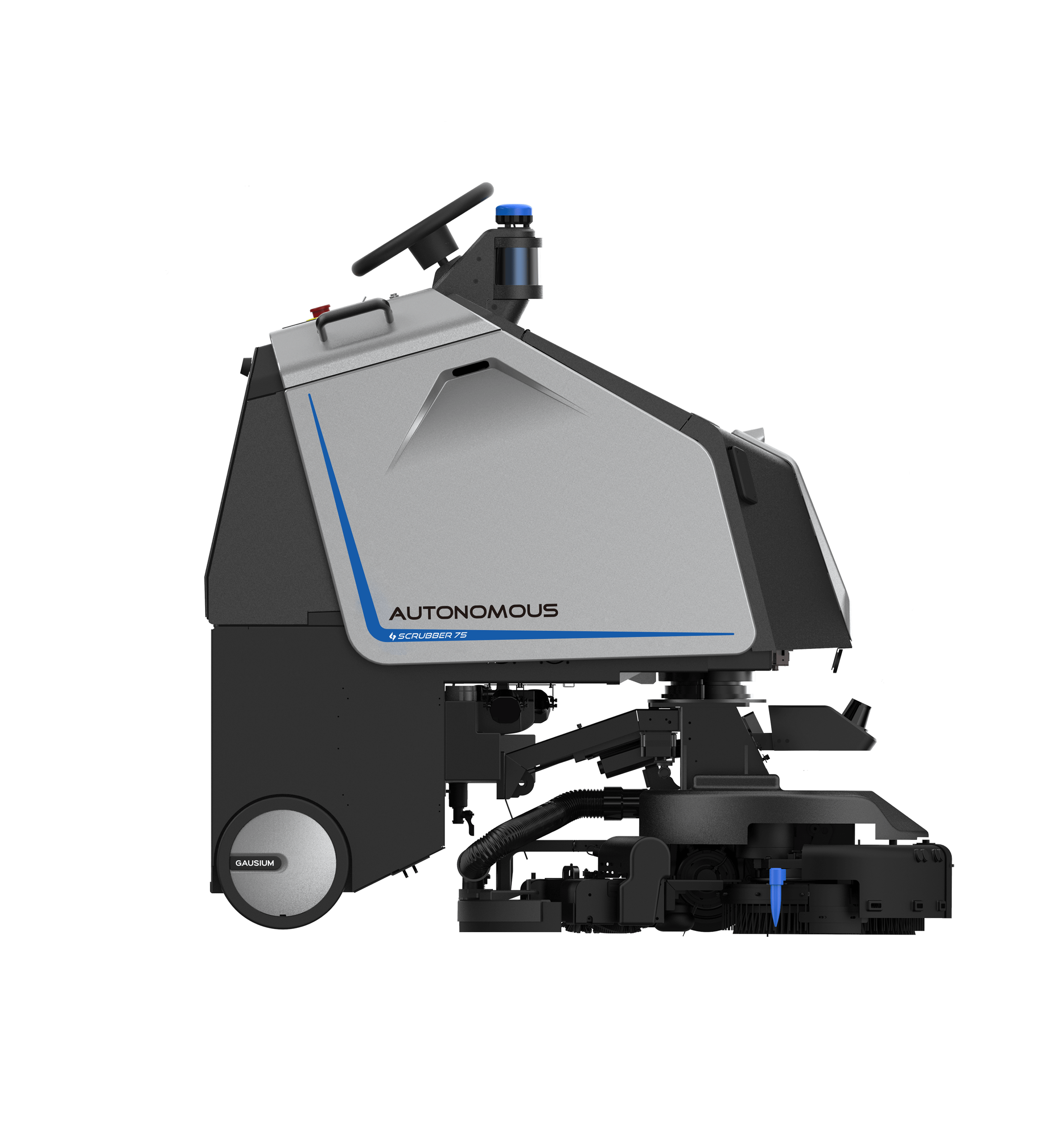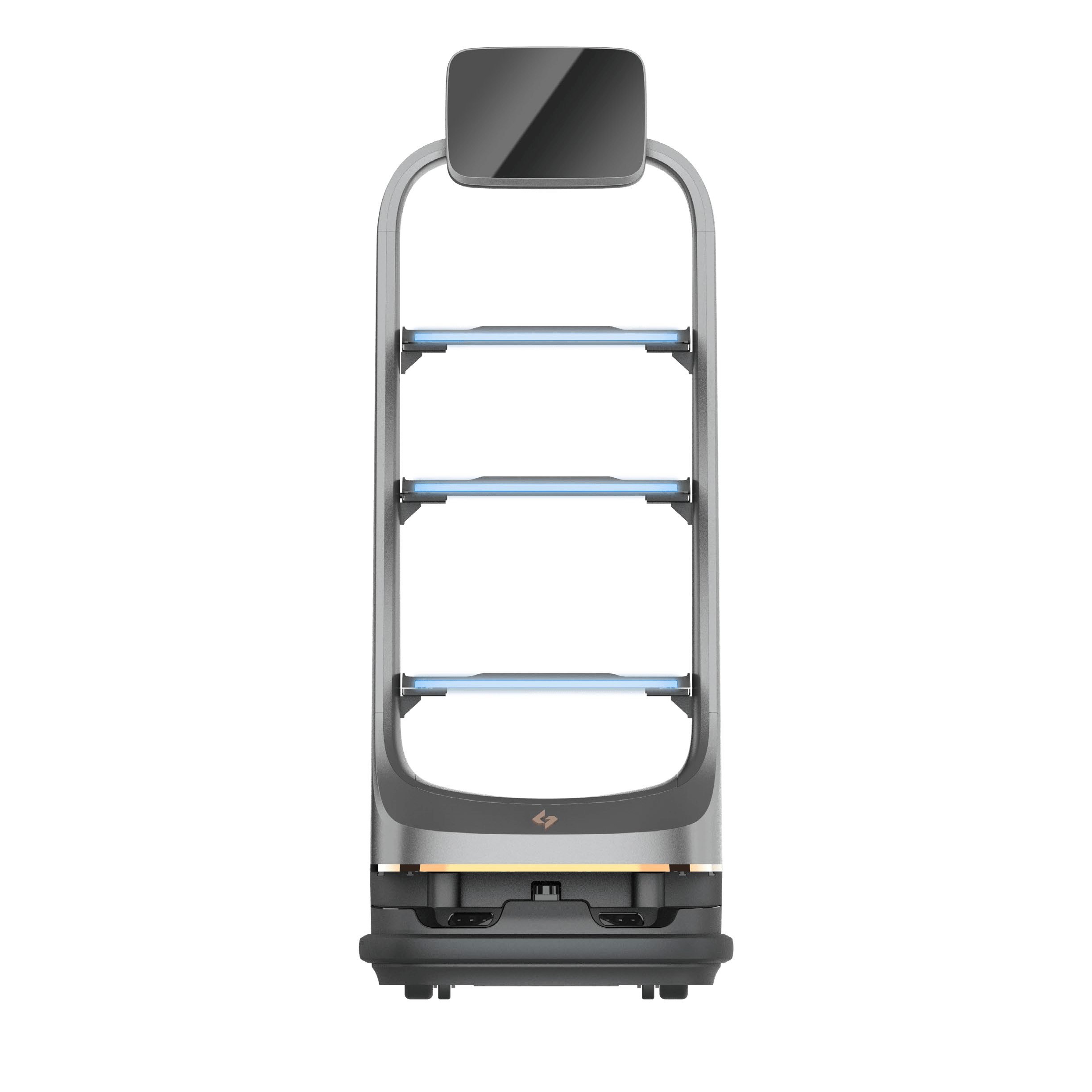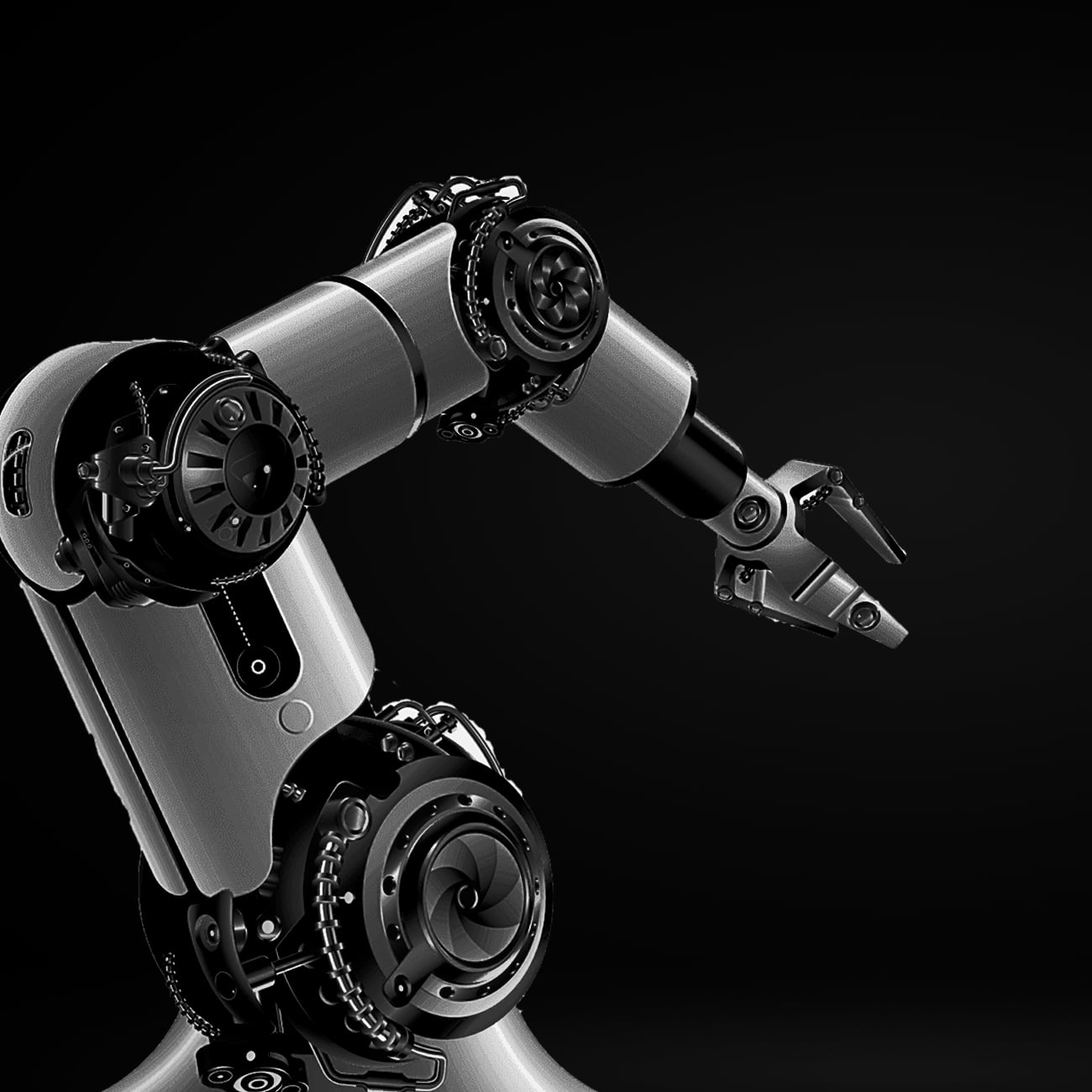OUR SERVICES
The services we develop over the years are oriented towards full collaboration with our partners and clients. Our aim is to achieve secure and sustainable management of each project, starting from the first phone call or email inquiry about automation and/or robotic solutions, with a clear understanding that we will be one team for years to come.
Overall, here are the services of Robotics PRO Vision and our approach to ensuring that classical engineering works seriously, comprehensively, thoroughly, and successfully:
Implementation of Robotic Solutions
``What is the sequence of steps from the idea to the realization of the process?``
``Whom should we contact and collaborate with for our project?``
When it comes to serious implementation of a robotic solution, many hesitate.
Here are the main steps you should plan to achieve successful implementation and maximum results.
- Clearly and precisely identify the problems you want to solve with robots.
The first important step towards automation is to determine what problems you want to solve. You can maximize the benefits by investing in the right resources. Whether it’s about humans, robots, or specialized machines, you must have identified the right places and tasks. The first thing you need to address is whether robots are truly necessary for your needs.
Humans, robots, and specialized machines all have their strengths and weaknesses. To maximize the capabilities of the robot, it’s important to identify which tasks will be most effectively assigned to it.
- Collect Information
Industrial robots are available in a wide variety of types and are constantly evolving. The best way to find the latest information and get a clear idea of how to implement a robotic system, while referencing examples from your industry, is to explore online international exhibitions where many robot manufacturers and system integrators (SI) come together. In recent years, more exhibitions have become visible on platforms like YouTube, making access to information from around the world very easy. The websites of robot manufacturers and the official website of the International Federation of Robotics also provide rich technical information and examples of solutions and applications.
- Consult with a system integrator (SI)

Every industrial facility has its own unique experience, style, production technology, and methods that have been cultivated over the years. When embarking on automation, it is desirable to implement a personalized robotic system tailored to the specific facility. Here, we rely on robotic system integrators (SIs). They are engineering companies specialized in conceptualizing, designing, and building robotic systems. They are experts in creating the best automation system for the facility by combining robots with peripheral equipment or specialized machines. Building the best automation system for you requires synchronized collaborative efforts between the robot manufacturer, system integrator, and robot user.
In general, SIs interact between the user and the robot manufacturer, acting as a link between them and guiding the path to system installation, configuration, updates, upgrades, and maintenance, along with servicing.
- Steps for Implementation with SI
Here’s a classic example of the process of implementing a robotic solution:
First and foremost, it is crucial for the SI (System Integrator) conceptualizing the robotic system to thoroughly study the workshop and the end-user’s needs. The SI will conduct a series of meetings and in-depth site surveys. During these meetings, it is essential to share key requirements such as budget, timeline, versatility, workspace, cycle time, along with any other detailed information that may seem insignificant to you but is valuable for shaping the task.
The next step is to determine which processes can be automated. Identify processes suitable for robotics based on efficiency, productivity, profitability, and the processes that precede and follow the one subject to automation. Once you are clear on the process to automate, it needs to be broken down into work elements. For humans, the process may be a series of tasks, but for a robot, each task must be further divided into smaller steps and programmed as individual actions/movements. At the same time, work conditions around the robot’s area, such as the flow of parts, workspace, and auxiliary programs, need to be checked.
After establishing the overall plan of the robotic system, its work and capabilities are validated. Following this, a risk assessment is conducted. Once the production and programming of the robotic system are completed, it goes through testing before delivery, installation in the actual workspace, and an engineering test period before the solution is fully operational.

- Schedule for critical tracking post-implementation.
Even after the successful implementation of a robotic system, the collaboration between the robot manufacturer, SI, and the investor continues.
Careful and ongoing post-installation servicing is crucial for the system, including regular maintenance and inspections, prompt problem resolution, recovery support in case of damage, software updates, and modifications. Each robotic system and solution has its own service schedule, component replacements due to fatigue and wear, and planned diagnostics. Adhering to this schedule is essential for the uninterrupted and high-quality performance of every system without exception.



